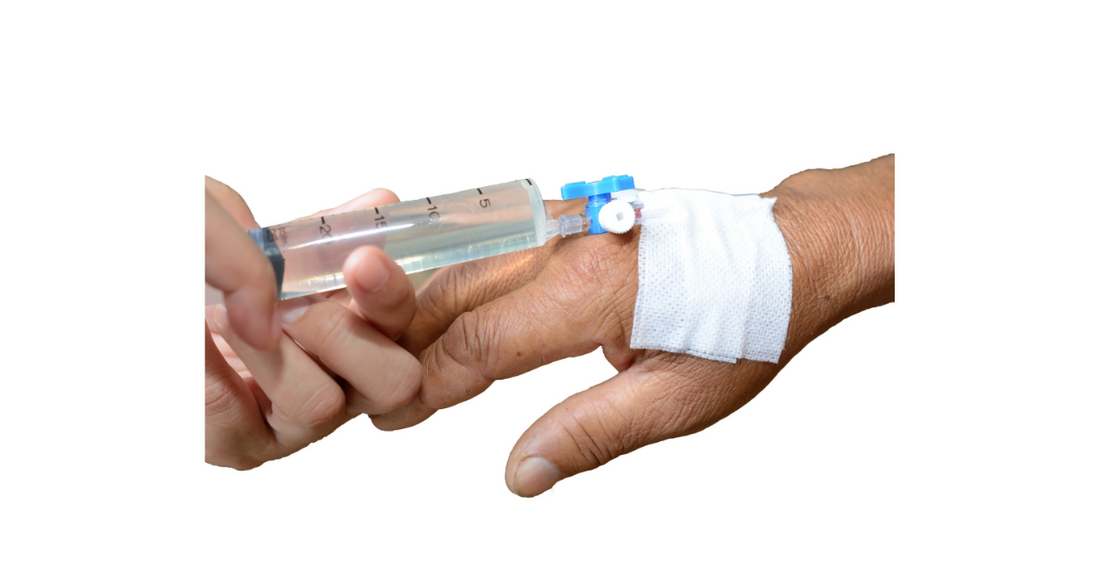
New Hope for Patients With Dupuytren's Contracture
The Biology of Dupuytren's Contracture
For a long time, the biology behind Dupuytren’s contracture has remained a mystery. This has made the race for a cure much harder than people had previously anticipated.
The cellular components involved in the development of Dupuytren’s contracture include changes in growth factors, disturbed proteins within the immune system, modified genes, and changes to the non-cellular structures within tissues. We know that excess growth leads to the thickening of tissues and cords in the palm, but you may wonder how the immune system pertains to Dupuytren's.
Immunity protects the body from outside objects or substances that can stand to harm someone. With disturbed immune system proteins, the body doesn't readily recognize an issue (such as the creation of too many cells in the palm) nor does it monitor standard cell production in the hand as it should. As a result, the symptom of thickening palm tissue continues to develop.
A deeper look at the cellular makeup of someone with Dupuytren's shows that this condition also causes an increase in collagen levels. This spike triggers the appearance of nodules in the palm, which slowly turn into a cord-like structure that pulls the fingers inward.
While information about what happens in the body due to Dupuytren's is important, the true cause and risk factors of the disease are unknown. This makes it nearly impossible for researchers to find a definitive cure.
New Studies and Research
Thanks to constant analysis, scientists are now able to pinpoint the exact cells that are responsible for the progression of Dupuytren’s contracture. Recent studies found that a drug called adalimumab (Humira) may actually help eliminate the cells that cause Dupuytren’s contracture to progress.
Humira is in a class of drugs called TNF-blocking agents, which is effective because the tumor necrosis factor in the body is what causes tissue cells to multiply out of control. For this reason, Humira is currently used to treat several forms of arthritis, Crohn's disease, and plaque psoriasis, all of which involve an exaggerated immune response.
This drug suppresses the immune system, therefore, it is expected to slow the production of palm cells and halt the progression of Dupuytren's. This also helps prevent the formation and worsening of nodules in the palm, which is another common symptom of Dupuytren's. A professor at the University of Oxford has proposed that clinical trials be conducted to see whether or not the drug is a promising cure for those suffering from this condition.
How it Would Work
The expected process is that Humira would be injected into the developing nodules in the palmar tissue. This drug would function by inhibiting the growth of nodules, thus preventing the disease from progressing even further. However, we aren’t yet sure how effective or safe of an option this is. It could take several years for Humira to get approved by the Food and Drug Administration (FDA) as an official treatment for Dupuytren's. Of course, this is all dependent on the results of clinical trials, but it can potentially be a promising intervention once that happens. Yet, as with any drugs, there could be unwanted side effects and it may not be suitable for people with other medical conditions. In the meantime, you can still use natural methods such as Dupuytren's contracture creams to manage your symptoms.
Learn More